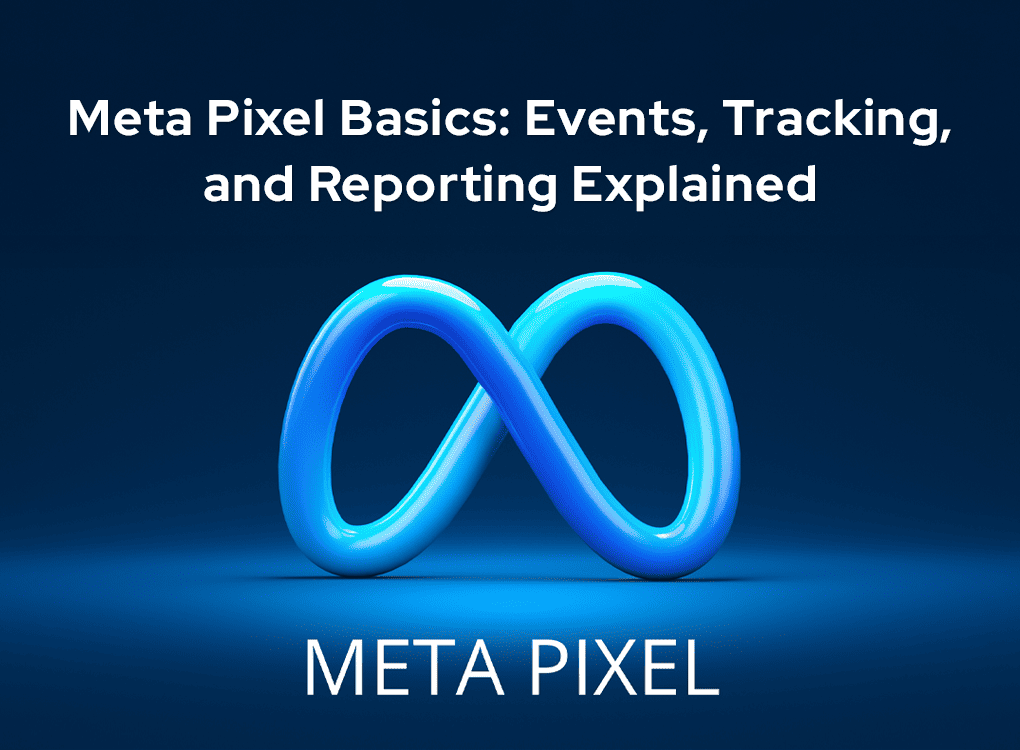Calculating your break-even point in units is crucial for any business. It starts with identifying your total fixed costs, like rent and salaries. Next, you’ll determine your variable costs per unit, which may include materials and labor. After establishing your selling price per unit, you can apply the break-even formula. This process reveals how many units you need to sell to cover all costs, guiding your financial decisions effectively. Comprehending these steps will set a strong foundation for your business strategy.
Key Takeaways

- Identify your total fixed costs, including rent, salaries, and any other expenses that do not change with production levels.
- Calculate your variable costs per unit by dividing total variable costs by the number of units produced or sold.
- Determine your selling price per unit based on production costs, market demand, and desired profit margins.
- Use the break-even formula: BEP (Units) = Total Fixed Costs ÷ (Selling Price per Unit – Variable Cost per Unit).
- Analyze the results to set sales targets and make informed financial decisions based on your break-even point.
Understanding the Break-Even Point

Comprehending the break-even point (BEP) is vital for anyone running a business, as it directly influences financial decision-making.
The BEP is where total revenues equal total costs, meaning you neither profit nor lose money. To calculate the BEP in units, you can use the formula: BEP (Units) = Total Fixed Costs ÷ (Selling Price per Unit – Variable Cost per Unit).
Grasping the contribution margin is significant here, as it helps determine the number of units you need to sell to break even. You can utilize a break even point analysis calculator to simplify this process.
Identifying Fixed Costs

Identifying fixed costs is a fundamental step in comprehending your business’s financial environment. Fixed costs are expenses that remain constant, regardless of your production or sales levels. Common examples include monthly rent for your office space, salaries for permanent staff, and equipment depreciation.
To accurately calculate your break-even point, you need to identify all fixed costs, as they’ll not change with sales volume. Higher fixed costs can impact your profitability, requiring you to achieve a greater sales volume to reach that break-even point.
Regularly reviewing and updating your fixed cost estimates is essential for precise break-even analysis. You can use a break even chart generator to visualize how these fixed costs affect your overall financial health.
Determining Variable Costs

When calculating your break-even point, grasp of variable costs is vital, as these expenses fluctuate directly with your production or sales levels.
Variable costs include raw materials, direct labor, packaging, shipping, and sales commissions. To determine your variable costs per unit, take the total variable costs incurred during a specific period and divide that by the number of units produced or sold during the same timeframe.
Recognizing these costs is fundamental for accurate break-even analysis since they affect your contribution margin. By monitoring variable costs, you can pinpoint cost-saving opportunities and optimize your pricing strategies.
If you’re using a break even chart creator, make certain these variable costs are included for a clearer financial picture.
Specifying Selling Price per Unit

Setting the selling price per unit is crucial for your business’s financial health, as it not solely influences your revenue but also affects your overall profitability.
To determine this price, consider production costs, market demand, competitor pricing, and your desired profit margins. Analyzing the contribution margin, which is the selling price minus variable costs, guarantees you cover your fixed costs effectively.
Regularly review and adjust your selling price based on market conditions or changes in costs to maintain a viable break-even point. A well-defined selling price helps establish clear sales targets, making it easier to utilize a break-even chart maker for financial forecasting and analysis, ultimately guiding your business toward sustained growth and profitability.
Applying the Break-Even Formula

Comprehending how to apply the break-even formula is a crucial step in managing your business’s financial strategy.
To calculate the break-even point in units, use this formula:
Break-Even Point (Units) = Total Fixed Costs ÷ (Selling Price per Unit – Variable Cost per Unit).
Here’s a quick breakdown of what you need:
- Total Fixed Costs: These are expenses like rent and salaries that don’t fluctuate with production.
- Selling Price per Unit: This is the price you charge customers for each product.
- Variable Cost per Unit: Includes costs that vary directly with production, such as materials and labor.
- Contribution Margin: Selling price minus variable costs.
- Break Even Graph Generator: Visualize your break-even point effectively.
Understanding this formula helps you set realistic sales targets and make informed financial decisions.
Interpreting the Break-Even Result
Grasping the break-even result is essential for evaluating your business’s financial health, as it reveals the exact number of units you need to sell to cover your costs.
For instance, if your breakeven calculator indicates a break-even point of 500 units, selling fewer than this amount means your business incurs a loss, whereas selling more leads to profitability. This insight helps you set realistic sales targets and effective pricing strategies to achieve profitability within a specific timeframe.
Furthermore, break-even analysis highlights how changes in fixed costs, variable costs, or selling prices can impact the units needed to break even. By interpreting these results, you can make informed decisions about scaling operations and reviewing the financial viability of new products.
Conclusion
In summary, grasping your break-even point is essential for effective business management. By identifying your fixed and variable costs, and setting a competitive selling price, you can accurately calculate the number of units needed to cover all expenses. This information not just assists in financial planning but additionally aids in making informed decisions about pricing strategies and production levels. Regularly reviewing these figures will guarantee your business remains profitable and sustainable in a competitive market.
Image Via Envato







